Holywell and Sluice walk at Seaton Delaval Hall
North East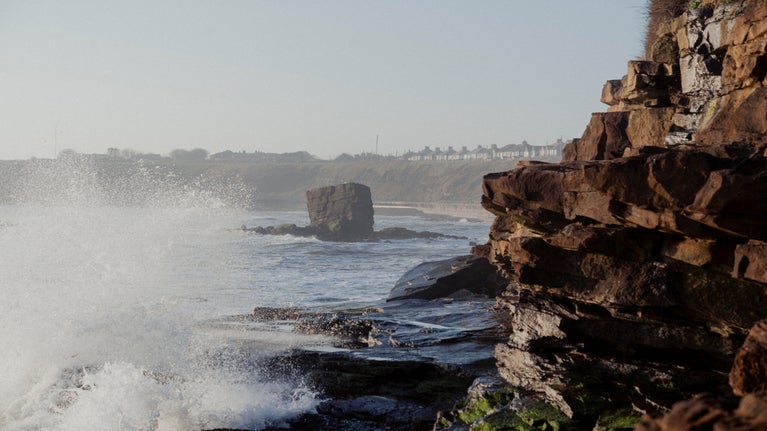
This circular walk will give you the chance to explore the wider estate of Seaton Delaval Hall. Along the way, discover numerous points of interest, including a Norman church, castle ruins, a nature reserve and Sluice Harbour.
Near to
Seaton Delaval HallStart point
Main gates of Seaton Delaval Hall. Grid ref: NZ321766.Trail information
Difficulty*
Full trail
DistanceMiles: 5.75 (km: 9.2)Short trail
DistanceMiles: 4.5 (km: 7.2)Take your pick
If the full, 5.75-mile walk seems like too much, you could opt for the shorter, 4.5-mile version (steps 1–6).
More near here
Wagonway walk at Seaton Delaval Hall
This gentle trail starts from Seaton Delaval Hall and takes in much of the wider estate, incorporating local points of interest and historical facts about the Delaval family.
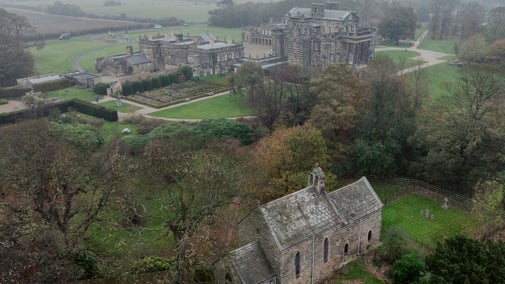
Holywell Dene and Old Hartley walk
An easy self-guided walk taking in the points of interest around Holywell Dene and Old Hartley, including the history of the local area and Seaton Delaval Hall.
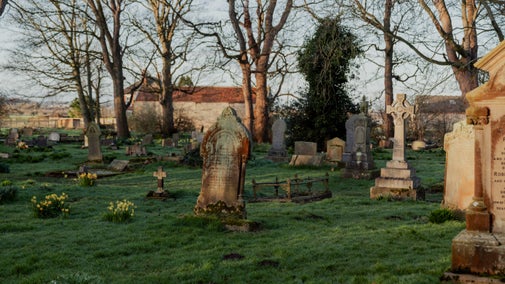
Seaton country and coast walk
Explore the villages, farmland and coast surrounding Seaton Delaval Hall and learn about a Second World War battery as well as a Victorian coal mining accident on this gentle circular trail.
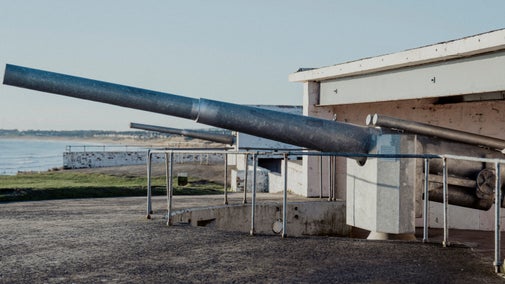
Seaton Delaval crops and coal trail
Explore the long history of coal mining and how it impacted on local people's lives on this circular trail around the farmland and woods surrounding Seaton Delaval Hall.
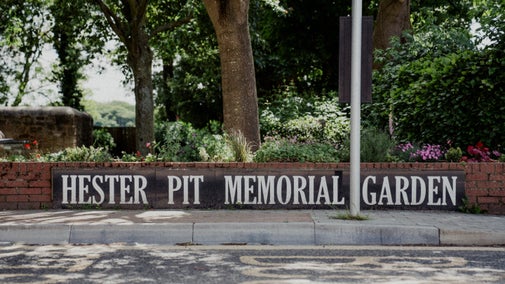
Get in touch
The Avenue, Seaton Sluice, Northumberland, NE26 4QR
Our partners

We’ve partnered with Cotswold Outdoor to help everyone make the most of their time outdoors in the places we care for.
You might also be interested in
Walking
Explore some of the finest landscapes in our care on coastal paths, accessible trails, woodland walks and everything in between. Find the best places to walk near you.

Walking in the North East
Explore some of the best walking routes in North East England with the National Trust. From scenic coastal walks and historic countryside trails to family-friendly and dog-friendly paths, discover unforgettable walks across Northumberland, Tyne & Wear, and County Durham.
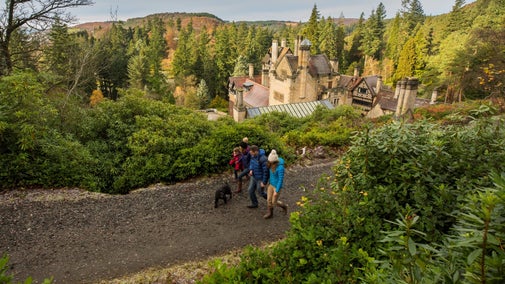
Cotswold Outdoor: our exclusive walking partner
Learn about the National Trust’s ongoing partnership with Cotswold Outdoor. Find out how they help us care for precious places and the exclusive discount available for National Trust supporters.

Follow the Countryside Code
Help to look after National Trust places by observing a few simple guidelines during your visit and following the Countryside Code.

Staying safe at National Trust places
The special places in National Trust care sometimes come with a few risks for visitors, be it coastline or countryside. Find out how to keep safe throughout your visits.

Explore the garden at Seaton Delaval Hall
Find out what you’ll discover this season in the varied garden at Seaton Delaval Hall, one of Northumberland's top gardens. From a Parterre to a centuries-old weeping ash and woodland waiting to be explored.
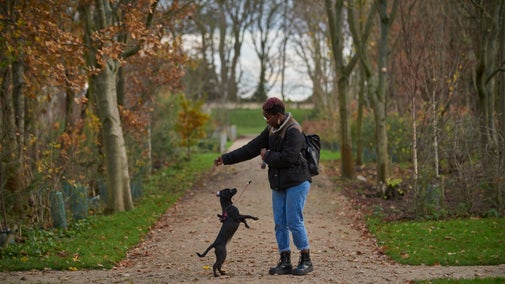
Eating at Seaton Delaval Hall
During your visit to Seaton Delaval Hall, stop by the Brewhouse Café. Housed in a 17th-century building, it offers a wide range of drinks and snacks, as well as indoor and outdoor seating.
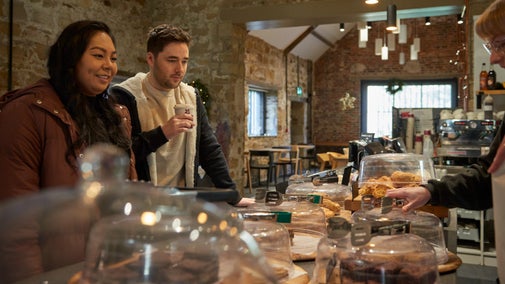
The history of Seaton Delaval Hall
Learn the story of this baroque Northumberland manor house and the individuals who shaped it, including architect Sir John Vanbrugh and the notorious 18th-century Delaval family.

